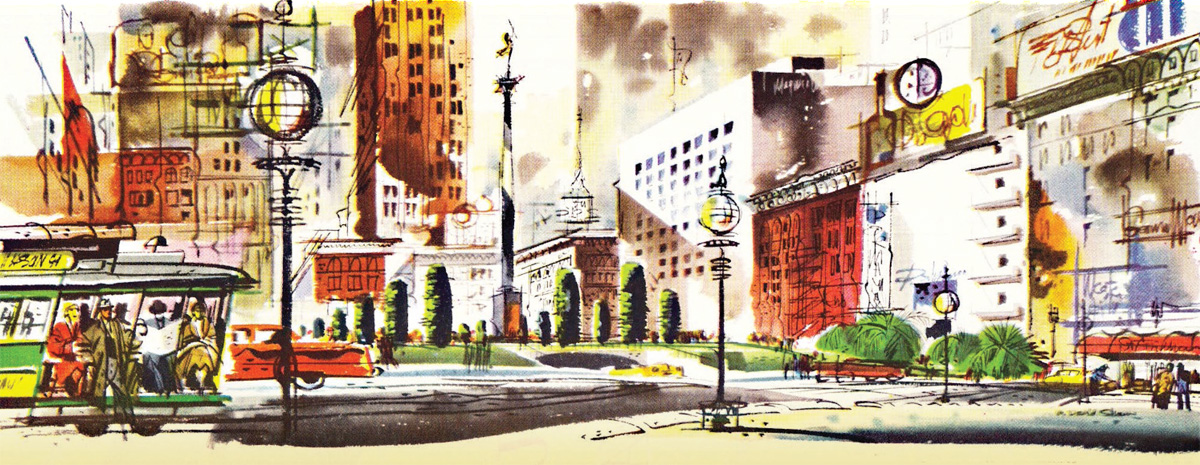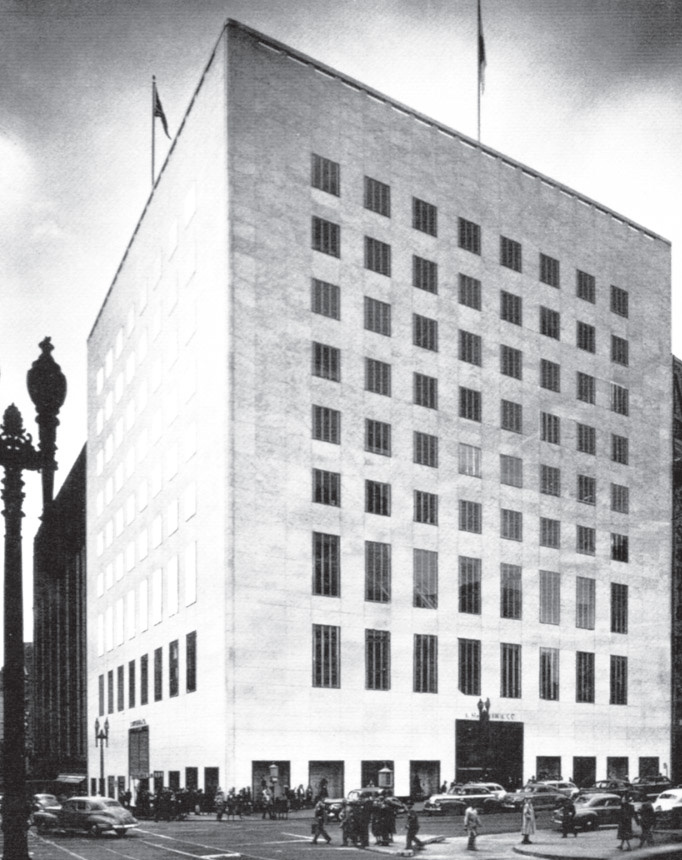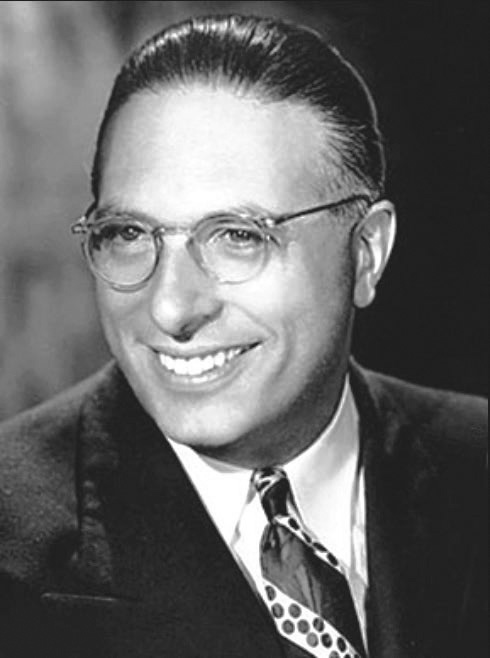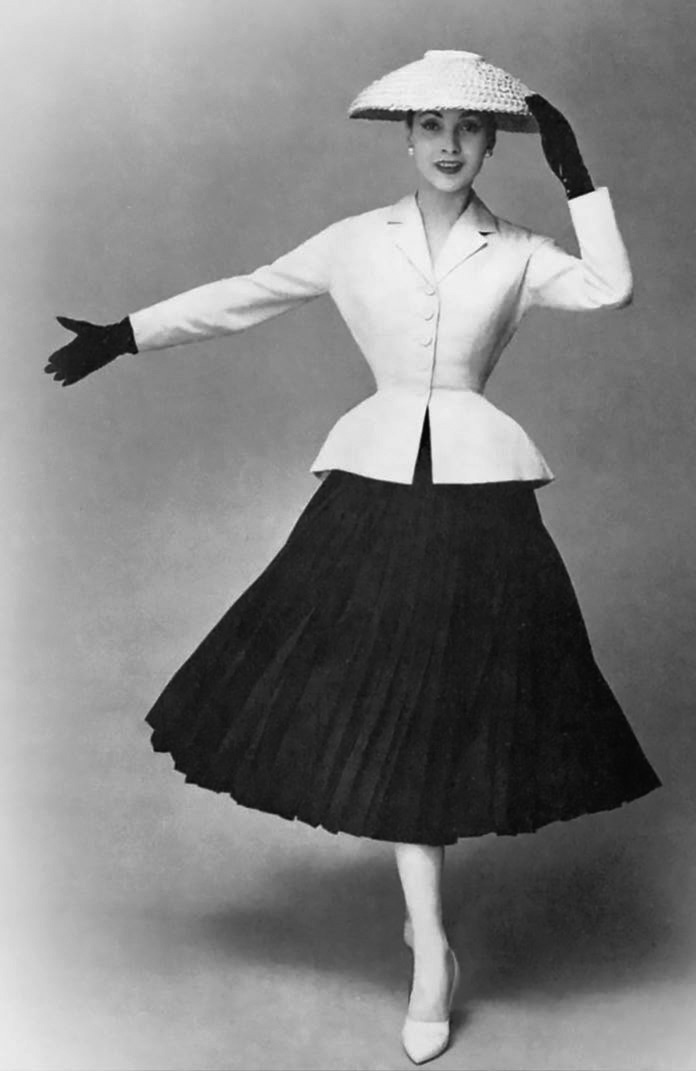Downtown in Style
 |
|
|
It takes a lot to impress San Franciscans—but in August 1954 Cyril Magnin did it.
He placed in the windows of his family-owned department store Joseph Magnin Co. garments so startling the San Francisco Chronicle splashed the story on the front page.
The Union Square shop had 'scooped' the world's greatest fashion designer, Christian Dior.
Dior, a 50-year-old baby-faced man who favored bowlers, had debuted the 'New Look' right after World War II.
The look, with wasp waist and flaring skirt, emphasized the womanly shape. Now Dior had pivoted—and Joseph Magnin Co. was on it like a whip.
 |
"'San Franciscans, both men and women, stopped to gape and marvel at the array, asking each other, 'How can it be?' Or, 'We only read about Dior going back to the '20s in the Chronicle this morning, and here it is.' 'How does fashion travel so fast,' others added,'" the Chronicle reported.
"The flat-chested flapper look of the 1920s was unveiled in San Francisco show windows a few days ago at virtually the same time Dior was making headlines with it in Paris," the paper wrote.
Rather than waiting months for Dior's innovative, Coco Chanel-inspired 'H-line silhouette' dresses to hit local shops, here it was! San Franciscans—men in conservative suits with white shirts and broad ties, women in suits and dresses, many wearing white kid gloves—were impressed.
"He literally combed the New York designer salons for clothes with the 'Chanel Look' and had them air expressed to San Francisco for his style scoop, perfectly timed to coincide with the Dior fashion bomb on Friday," the paper reported of Cyril Magnin, whose store was named after his father.
 |
More commonly it would take many months for Paris fashion to hit San Francisco stores. A department store buyer would attend shows in Paris, schmooze with couturiers, buy high-priced originals to sell to top clients back at their stores, and then have them copied in the store's own workroom for other wealthy clients. (This was and remains legal; stores paid fees to the couturiers.)
Top department stores would also get American manufacturers to produce ready-to-wear versions for sale to less-moneyed buyers.
In 1963, one of Joseph Magnin's lines was the Mademoiselle Ricci Collection, including fencer-style jackets, designed in Paris and made in America "to fit American figures and budgets."
Whether made in Paris or in the United States, designer ware was pricey. In 1957, the Chronicle reported, a simple Chanel suit sold for $995 and "a black cocktail dress which Dior named 'San Francisco' in honor of his coming visit here next month" could be yours for $1,895—about what you'd have paid for a small Ford automobile.
 |
Back in the 1950s and '60s, San Francisco was no Paris, the center of haute couture, nor London, which dominated tailoring for men, nor New York, whose Seventh Avenue was the world leader in ready-to-wear manufacture.
But San Francisco was a city that loved to dress for intimate dinners, club fashion shows, and the Opera opening in garments by the greats, including Cristobal Balenciaga and Alberto Fabiani, Coco Chanel, Bill Blass, and many more. And ordinary men and women—secretaries, businessmen, folks coming to shop from the suburbs—dressed formally and appropriately for a big city with big city airs.
They left the Capri pants and Aloha shirts at home for barbecues and pool parties.




